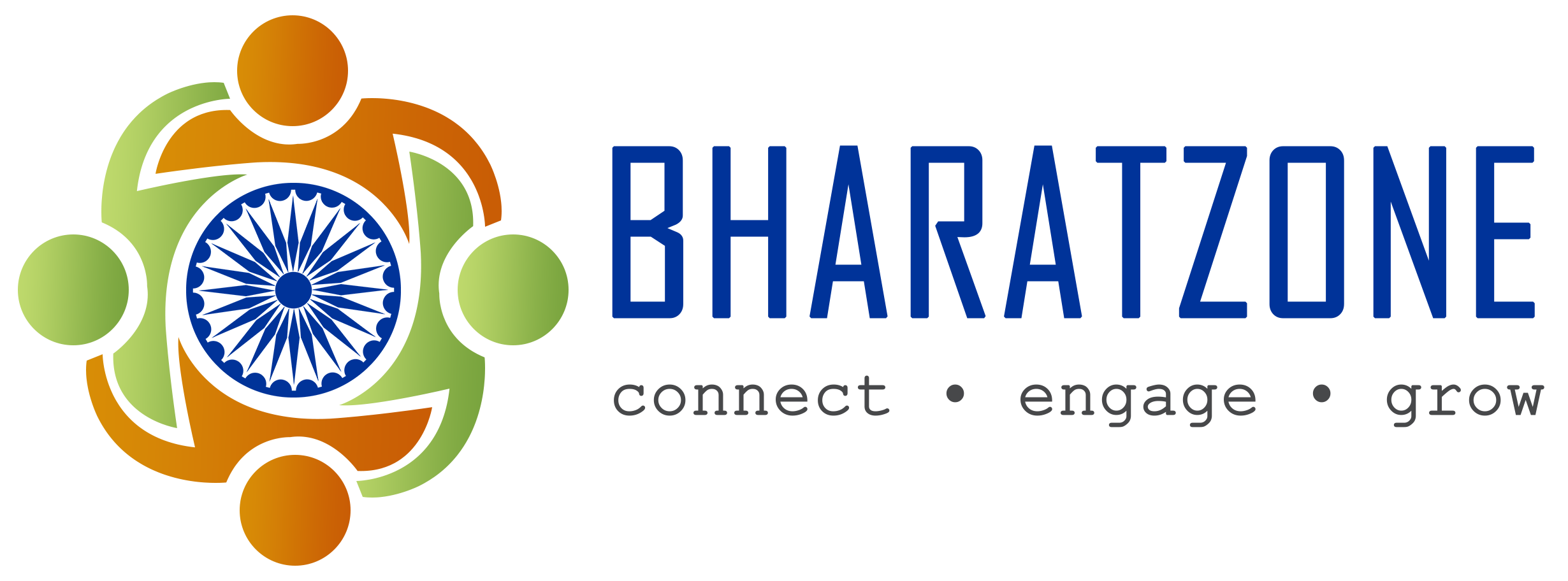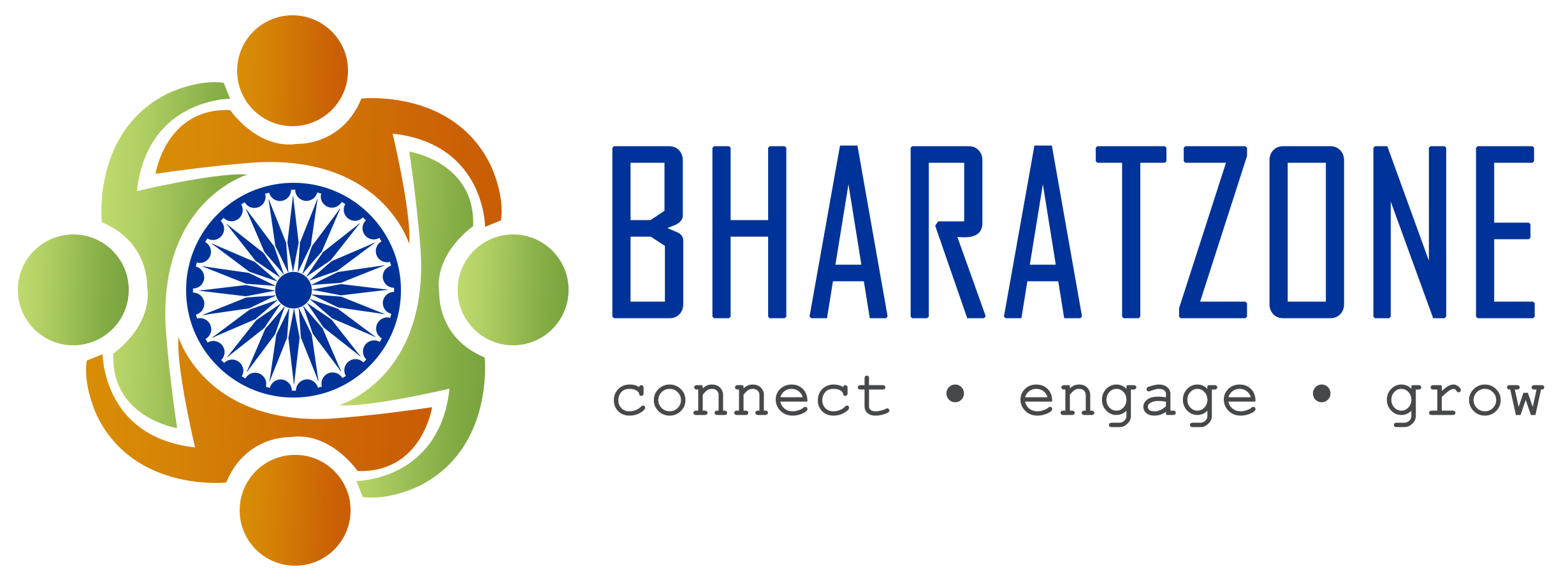The process for obtaining an O-2 visa, which is designated for individuals accompanying and assisting O-1 visa holders in specific fields such as athletics, arts, and entertainment, can be lengthy and complex. Understanding the timeline and the various stages involved is crucial for applicants to navigate this process successfully. Several factors, including the preparation of necessary documentation, the workload of the United States Citizenship and Immigration Services (USCIS), and the specifics of each case, can influence the overall duration.
Initially, the process begins with the preparation and submission of the Form I-129, Petition for a Nonimmigrant Worker. This petition must be meticulously completed, as any errors or omissions can cause delays. Gathering the required documentation to support the petition is a critical step that can take time. This documentation includes evidence of the O-1 visa holder's extraordinary ability, the essential nature of the o-2 visa applicant's support, and the employment contract or other proof of the applicant's engagement in the same field as the O-1 visa holder. The thoroughness of this preparation phase directly impacts the speed and success of the application. Once the Form I-129 is submitted to USCIS, the processing time varies. Standard processing can take several weeks to months, typically ranging from two to four months. However, these times can fluctuate based on USCIS’s current workload and any specific circumstances of the petition. Applicants have the option to expedite the process by using Premium Processing, which guarantees a response from USCIS within 15 calendar days.
After USCIS approves the petition, the next step involves scheduling and attending a visa interview at a U.S. consulate or embassy in the applicant's home country. The scheduling of this interview can introduce further delays, as appointment availability varies widely depending on the location and current demand at the consulate or embassy. It is not uncommon for applicants to wait several weeks or even months for an available interview slot. During the interview, consular officers assess the application and supporting documents to determine the applicant’s eligibility. If the consular officer requires additional information or documentation, this can prolong the process. Assuming the interview goes smoothly and the visa is approved, there is typically a short additional waiting period for the visa to be processed and issued, which can take anywhere from a few days to a few weeks.
Furthermore, unexpected issues can arise at any stage of the process, causing additional delays. These might include requests for additional evidence (RFEs) from USCIS, administrative processing after the visa interview, or logistical issues such as postal delays in receiving necessary documents. Each of these potential obstacles can extend the timeline significantly.


